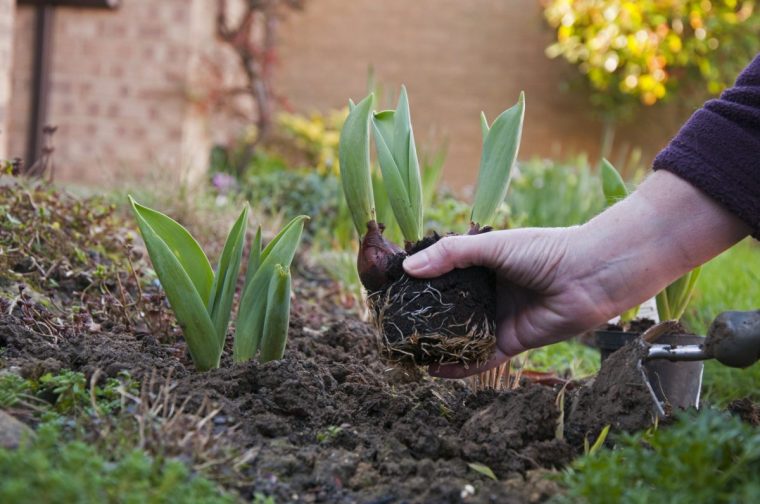Why Now's the Time to Deadhead and Repot for a Summer Garden in Bloom
Increased temperatures at night, extended daylight hours, and stronger illumination lead to rapid plant development and the chance to optimize their growth potential.
Camellias that have finished flowering, and other potted plants, are often better when repotted into slightly larger pots or, more conveniently, replaced in the same pot after removing 30 per cent of roots and old potting compost using a pointed stick. Some controlled-release fertiliser incorporated into fresh peat-free compost, this will provide nutrients for the plants throughout the entire summer.
Read Next: Why Canna Should Be The Vibrant Addition To Every Garden
Spring-blooming potted bulbs like daffodils, grape hyacinths, and snowdrops can have their spent blooms removed, receive some nutrients, and then be allowed to wither away somewhere less noticeable, or they can be transplanted into the garden. These might not bloom as vibrantly the following year, hence key gardening spots should ideally get fresh sets of bulbs come fall.
Spring-blooming bulbs in garden beds and border areas require their leaves to stay intact for a minimum of six weeks. feed the bulb so it can make new flower buds for next year. The dying foliage can look decidedly manky, but cutting it back or even tying it in neat knots may reduce future flowers. The same goes for bulbs in grass.
It is uncertain whether fertilising poorly flowering bulbs will prove effective. Nonetheless, considering their value, it might be worthwhile attempting this approach optimistically. When applying liquid fertilizer, ensure sufficient amounts are used to penetrate deeply towards the bulbs.
Hyacinths and tulips generally disappoint during their second year, but discarding them feels wasteful. Thus, you should plant them in unobtrusive areas; they frequently provide subtle charm there.
Once bulb foliage dies away, bulbs can be hard to find. Where lifting and replanting is planned – perhaps to replant further back in the border , where the wilting leaves will eventually be concealed by new spring growth—lift the bulbs when some leaf still remains.
Unfortunately, early-blooming primulas, pansies, and violets rarely prove worthwhile for preservation as they often fall victim to vine weevils, mildews, and aphids before the autumn season arrives.
Nonetheless, wallflowers can endure from one year to the next, oftentimes quite delightfully. streaked flowers , likely because of a virus that will ultimately lead to their demise, but only after they have blossomed profusely.
Young plants grown indoors in seedling trays—such as leeks and zinnias—might require thinning. Some people prefer using scissors, cutting away extra seedlings at the base of their stems.

Other plants like cosmos and tomatoes, which sprout in pans or trays, should be transplanted into separate pots or cells once they grow large enough to handle comfortably—ideally when still very young, using their leaves rather than their delicate stems for manipulation.
Even the most tender plants can be planted outdoors in the next six weeks, so smaller pots or cell trays are big enough for this short period. Liquid feeding, once roots appear at the base of the pot or cell, greatly enhances plant quality – seaweed fertiliser is suitable. Biodegradable paper pots avoid the need to gather up pots after planting and limit transplanting shock.
"Gradual hardening off," which involves slowly adjusting indoor-raised plants to outdoor environments, prevents shocking them with colder temperatures, thus avoiding issues like sudden discoloration, growth inhibition, and sometimes even their demise when they're abruptly faced with harsh winds and cool evenings.
This can be best achieved by using two layers of garden fleece, preferably biodegradable, for one week, then continuing with a single layer of fleece for another week.
Alternatively, move the plants outside During the day for a full week, bring them indoors during the night, or keep them in a cold frame for two weeks, gradually increasing ventilation until you're ready to plant.
Happily, even if young plants do suffer a setback at planting time, they usually recover eventually, once the summer weather arrives.
The RHS is a charitable organization that motivates everyone to grow through its research, advisory services, community outreach, exhibitions, and botanical gardens. For additional details, please visit their website. rhs.org.uk
Posting Komentar untuk "Why Now's the Time to Deadhead and Repot for a Summer Garden in Bloom"